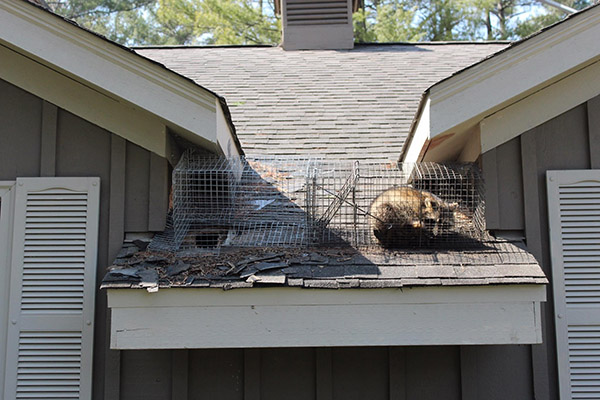Raccoons originally thrived in mixed and deciduous forests with easy access to water. However, due to their adaptability, they now occupy coastal marshes, mountainous areas and are even a common pest in urban areas.
These creatures are native to North America and can be found particularly in northwestern states, both in rural and major cities. In urban areas, they have learned to associate humans with easy food and comfy shelter, ripping through trash cans for food or gaining access to the attic for shelter. As a result, there has been a proliferation in urban raccoons, as well as behavioral changes in the past 70 years compared to 40,000 years before that.
Urban raccoons are very intelligent, sneaky, and confident. However, they cause immense damages to properties, adding to their reputation as nuisance animals. Furthermore, they pose a serious health risk. In a 2014 report by the CDC, raccoons represented a whopping 30.2 % of all rabid wildlife species.
Projections indicate that these nuisance critters will continue to thrive in the northwest for the coming decades. As homeowners, knowing how they get into homes can help you take the necessary precautions to avoid a raccoon infestation.
How They Get In
Raccoons are prolific climbers. This allows them to easily look for vulnerable spots around the house where they can chew and break into. Some of the commonly targeted areas include:
- Roof Vents
While roof vents are necessary for proper air circulation in the attic, they offer a perfect entry spot of raccoons, especially if they’re made of plastic or aluminum. Raccoons will do anything just to break in to gain access to the warmth of your attic.
- Roof/Soffit Intersections
A roof/soffit intersection is the area where the soffit rests above a roof section. These areas can be easily manipulated by a raccoon who uses its shoulders to push open weak soffits made from plastic or aluminum.
- Roof Edge
As rainwater or melted snow trickles down the roof, they accumulate near the roof edge. Due to the accumulation of liquid as well as its intermittent freezing and thawing, the wood surrounding the roof edge quickly deteriorates. Raccoons can easily rip rotten wood apart to gain entry.
- Plumbing Mats
When building the plumbing system of a house, a cylindrical vent typically extends through the roof to exhaust sewage gas. Therefore, a hole has to be made on the roof to allow for the passage of the pipe. The excess roof opening surrounding the pipe is then covered with a plumbing mat. Raccoons can easily remove such plumbing mats, extend the hole and squeeze themselves through it.
- Chimneys
In the wild, raccoons like to raise their kits in wood cavities because of the warmth and protection it provides. Chimneys are similar to hollow trees in configuration and are ideal for pregnant raccoons. Because of their strength, raccoons can break through weak chimney caps. Once a raccoon gains access, it makes its den on top of the fire dampers.
Conclusion
The reality is that raccoons can get in through many other places; like the stove and bathroom exhaust vents and fascia spaces. They can also burrow to gain access to underneath decks, porches, and sheds. That’s why you have to make your house inaccessible to raccoons and other wildlife. Moreover, you need to regularly inspect your house to identify vulnerable points and repair them before a raccoon breaks in. Finally, if you have a raccoon infestation, promptly involve a wildlife removal expert before the problem escalates. In a situation like this, the experts are US Wildlife Removal because their licensed professionals have provided adequate raccoon removal services for years.





